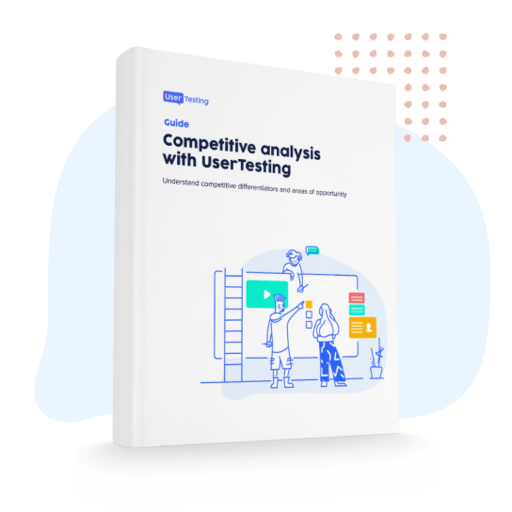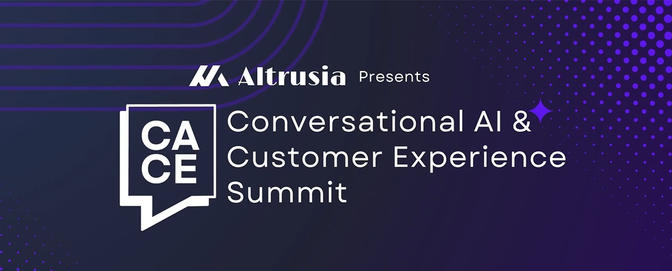
5 benefits of on-demand customer feedback you can enjoy from wherever you work best

Let’s face it, you can’t always be in the same room as your customers or prospects. It’s expensive (travel, compensation, resources), time-consuming (scheduling, recruiting), and limiting (geography, lab-based). But that doesn’t mean you’re out of luck. With on-demand human insight, you can uncover and understand how real people respond to your products and experiences—giving you the necessary information to meet and exceed customer expectations.
Five benefits of on-demand customer feedback
On-demand customer feedback uses an insight platform to record the screen (and voice, depending on the software you choose) of test participants as they interact with your product or experience in their natural environment—at home, in their office, or a specific location.
Given the flexibility of this type of testing, there are major benefits that can’t be ignored.
1. Test where your customers are
One major benefit is that your test participants aren’t limited to a specific location. This allows you to get the most accurate representation of the user experience—out in the wild.
This means that you get:
- Feedback that happens in the participant’s natural environment which is more realistic than lab research
- Feedback and outcomes that are honest and unbiased because the setting isn’t artificial
- Feedback that is representative of a wider population because the geographical location can be more diverse
- Contextual findings that emerge when a product is used naturally
2. It’s faster and more cost-efficient
Probably one of the greatest business benefits of on-demand customer feedback is that it’s faster and more cost-efficient. Because you’re not burdened with the logistics of in-lab testing, the constraints of travel and scheduling are nonexistent. Moreover, by testing with insight platforms, you have access to a panel of test participants that allows you to bypass the hassle of recruiting.
Rather than trying to find and compensate a group of target users on your own, you just designate your target audience and your testing platform will recruit users in their panel that match your description. This shortens the testing period to a few hours, rather than days or weeks, allowing you to get feedback and iterate right away.
3. Get feedback live or watch recorded videos
Flexibility when collecting customer feedback is the name of the game. By testing with an insight platform, you’re able to consume the feedback in whatever way is most convenient for you and your team. In research-speak, we would call this form of collecting feedback unmoderated and moderated testing.
Unmoderated testing is just like it sounds. It’s not monitored or guided, so there’s no one else present during the study except the participant. This means you’re able to collect feedback without the need for a facilitator’s time. Then, once your tests are complete, you can review the recorded videos at your convenience.
On the other hand, sometimes you require a high level of interaction between you and your participant. With moderated testing, a real person will be there (digitally) to help facilitate the test. This is a great way to get live feedback, observe body language, and pick up on behaviors and responses.
Check out the pros and cons of moderated and unmoderated usability testing.
4. You see exactly what they see
When collecting remote customer feedback, the participants have the familiarity and comfort of their own setup, including their computer display settings, browser, and things of the like. This provides you the most accurate display of a user’s digital experience as they navigate the tasks of your test.
5. Some experiences aren’t digital
There may also be times when you need to observe something other than a digital experience on a computer or mobile device. Real-world tasks, like navigating a theme park or installing a home thermostat, are great practical applications of remote testing.
Additionally, users often don’t complete an activity in one sitting (or through one channel), so it’s important to evaluate your omnichannel experience. That means any interaction a user has with your company while completing a single activity across multiple channels, like websites, apps, and even physical locations.
Modern experiences require modern solutions
More and more consistently, across all industries and geographies, consumers are making purchase decisions based on customer experience. More important than price—yes, price—it’s clear that consumers are paying special attention to businesses, products, and services that deliver an experience that outperforms the competition.
Through remote customer feedback, you can develop a first-person understanding of your customer’s needs without ever leaving your favorite place of work.
Featured guide
Competitive analysis with UserTesting
Learn how to understand your competitive differentiators and identify areas of opportunity.






